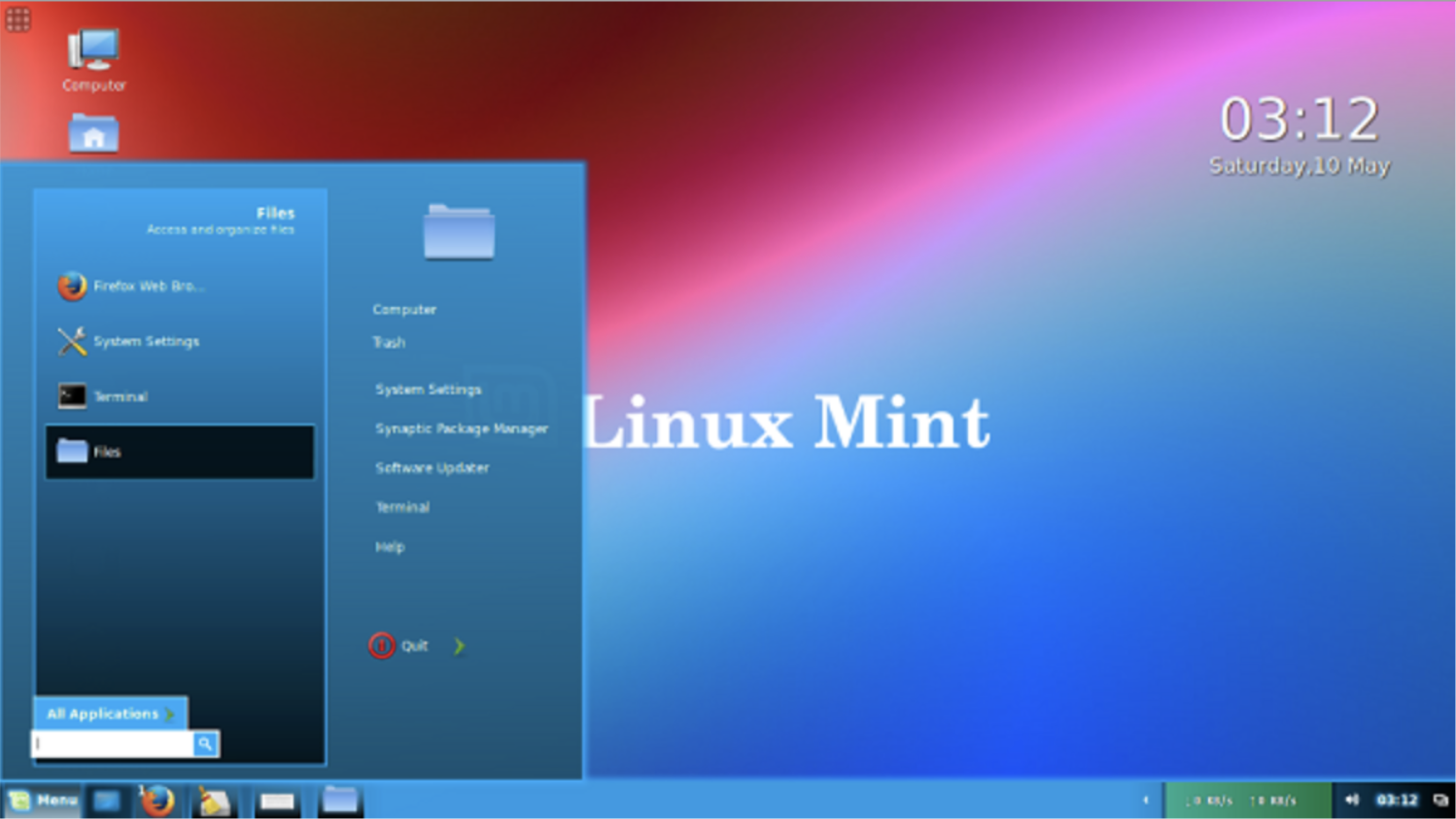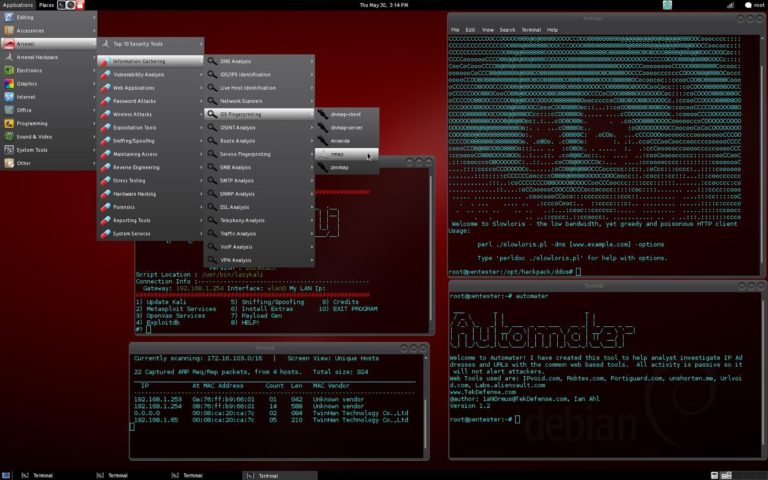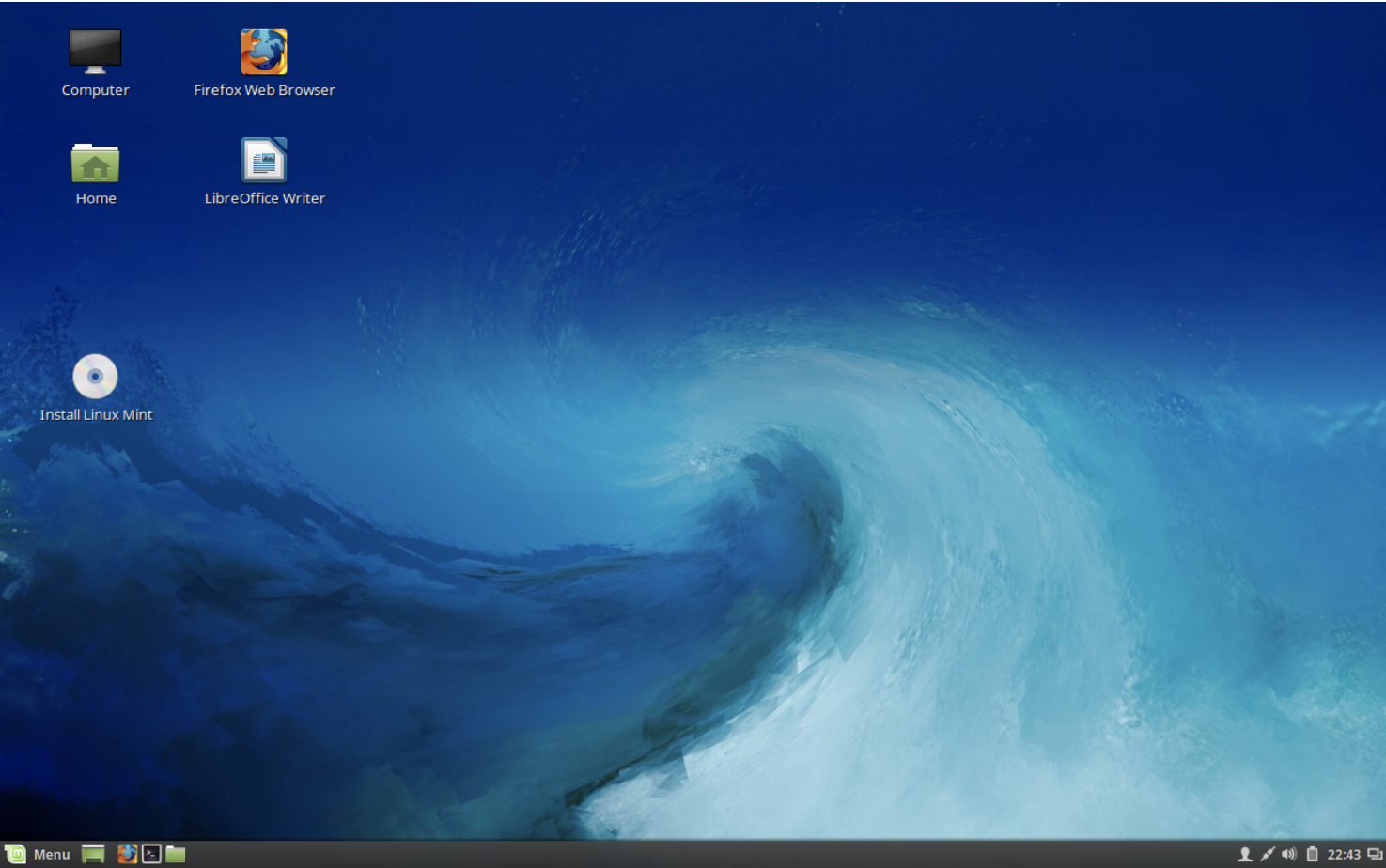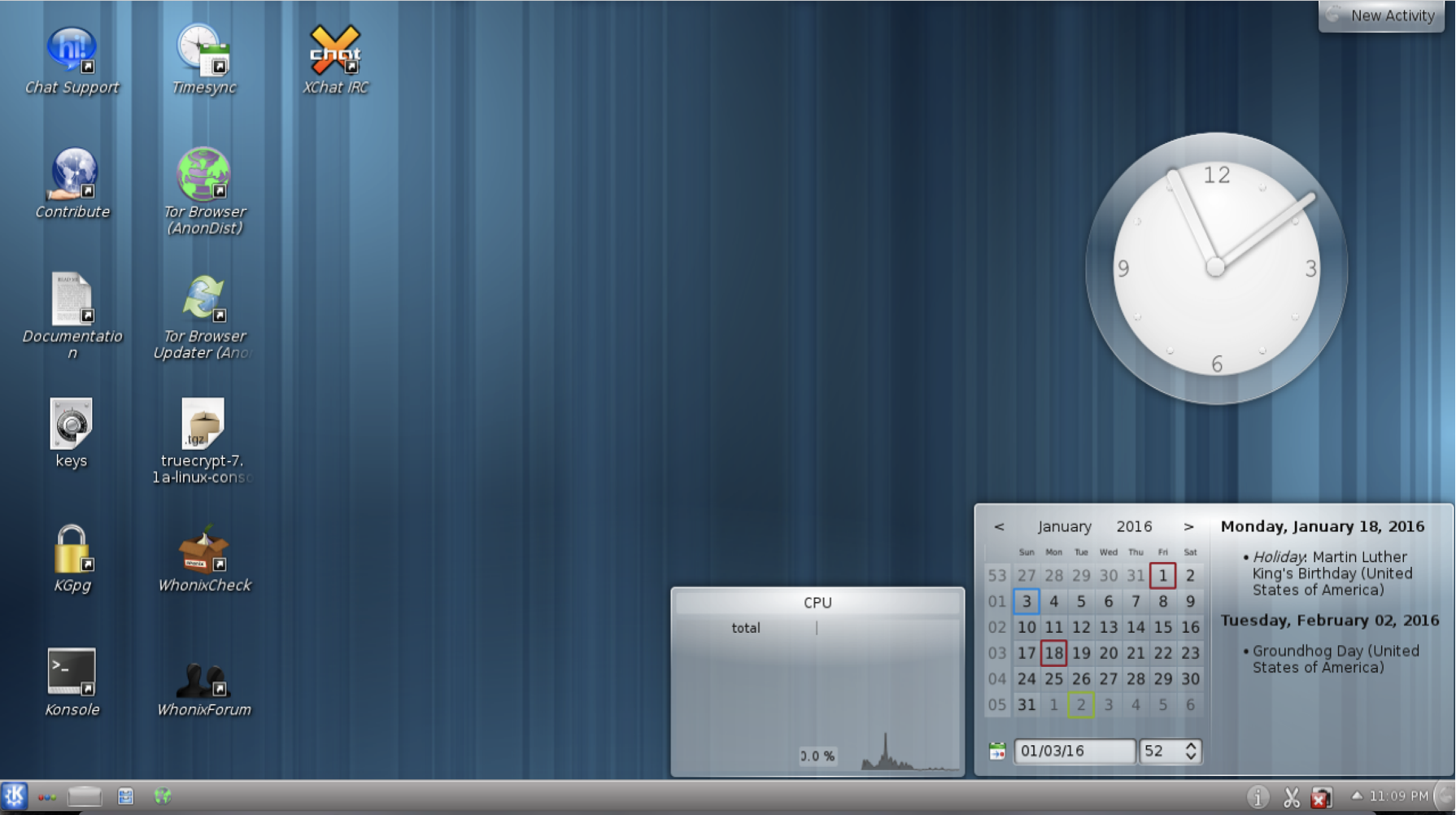This is the first chapter, it will be devoted to the lyrics, discussions of ideas and mistakes, at the same time it is a very important chapter on the choice of the path. The path in our understanding is the choice of an operating system (OS) or a bunch of systems, when two or more operating systems are used on one computer. The right path is the basement of your safety.
According to statistics collected by us, more than 90% of readers of the course from desktop computers are users of the Windows or macOS operating systems, at least they were the ones before reading it.
I will not deny that in our course we will actively campaign you to switch to a Linux-based operating system, as there are a lot of reasons for this. However, I will not start with them, but with the myths that are firmly rooted in the Internet community and prevent users from switching to a secure operating system.
Myth
I am a newbie to these issues, I will not be able to install and configure the Linux-based operating system that you recommend.Fact
We will teach you everything, step by step we will tell you how to install a new system and set up complex anonymity and security for it.Myth
By installing the Linux-based system you recommend, I’ll lose my main operating system.Fact
The new operating system can be installed as a second one, as well as on a USB flash drive, SD card or external hard drive and does not affect your main system. You can use Linux as a virtual system first, but we still hope that you will install a Linux-based system as the main OS.Myth
Linux-based operating system is difficult to use.Fact
The Linux Mint operating system we recommend is not more difficult than Windows or macOS.Myth
I know that operating systems are quite expensive.Fact
We offer you absolutely free operating systems. You do not have to pay anything.Myth
Linux based systems look awful.Fact
Look at the screenshots of the desktops below, in my opinion, they do not look bad at all.
Did you, apparently, think that all systems based on Linux look like this?

This is one more possible look of Linux, but you should not be afraid of these terminals and commands. As part of our course we will introduce you to both the terminals and the commands.
For now, we’ll move away from Linux and talk about the path. We offer several paths in our course and in this chapter you will have to choose your own path, on the basis of which your work with the course will be based on. I draw your attention that in terms of our course we will teach you to use each of the operating systems discussed below.
The path of the sage
The path of the sage is the path where the user works with several systems and chooses the current one based on the situation. The main everyday system becomes Linux Mint, which is one of the most simple and most convenient systems based on Linux; but if the sage wishes to become as anonymous as possible, they launch the Whonix virtual system, which may not be so convenient, but gives them a real “invisibility cloak” on the Internet.
The essence of the path: Linux Mint becomes your main operating system, the Whonix virtual operating system becomes an additional one.
Advantages of this path:
• Linux Mint is much less susceptible to malware threats compared to Windows.
• Linux Mint allows you to encrypt the operating system and all files on your hard drive.
• Linux Mint is the most comfortable path to come to for Windows or macOS users.
• Linux Mint is a simple, convenient and beautiful operating system.
• Whonix allows you to protect yourself from active de-anonymization tools when needed.
Linux Mint (will be your main operating system):

Whonix (will be your virtual operating system when you need maximum anonymity):

Further actions on the path of the sage.
Continue reading this course and after starting the chapter on Linux Mint, use the instructions provided there and install the operating system. To start with, install it on an external storage device, like USB flash drive, and when you get used to working with Linux Mint, install it as the main operating system.
Set yourself a VirtualBox virtualization system, more on this in the chapter. Read the chapter on the Whonix virtual operating system and install it in VirtualBox. Whonix will be used in situations where you need maximum anonymity online.
The path of the philistine
The path of the philistine is a path focused on the minimum number of changes, where the main task is to make your basic and familiar Windows or macOS system more anonymous and safer. As they say, you cannot build a castle on the sand, but you can biuld up a good outpost. This is not a good result, but much better than nothing; in the end, on top of your main operating system you can deploy a virtual one and configure everything perfectly.
The essence of the path: you remain your main operating system, but you modify it, making it more anonymous and safer.
The advantages of the philistine path:
• Minimum work, since you do not need to install and learn a new operating system.
• Work in your familiar operating system.
• The ability to use the Whonix system with the highest level of anonymity at any time.
Disadvantages of the philistine path:
• Based on Windows or macOS, it is difficult to configure anonymity and security at a high level, especially on Windows.
As a result, this is not bad path; I think most of the course readers will choose it.
Further action on the path of the philistine.
Continue studying the course, configure the anonymity and security of your systems, install VirtualBox, install the virtual operating system Whonix. Whonix helps to achieve a high level of anonymity online, when necessary.
The path of the paladin
The path of the paladin is a path oriented towards the maximum protection of information. In this case, work is carried out with the operating system Tails, which runs from external media.
Tails is a free open source operating system focused on data protection on your computer. Tails is an abbreviation that stands for The Amnesic Incognito Live System. The system is special because of the ability to forget all previous user actions after rebooting, leaving no possibility to identify what the Tails user was doing before. The exceptions are the files that the user may transfer to the permanent storage.
The essence of the path: you set up to external media (USB flash drive, SD card or external hard disk) OS Tails and work only with it.
Advantages of this path:
• The system stores only the information you have selected, and everything else is instantly forgotten when you turn it off by simply pulling out the USB flash drive.
• Tails by default encrypts all stored information securely, you can access it only by entering the correct password.
• Forgotten Tails information cannot be recovered even with the most advanced forensic software, no RAM dumps work here.
• Tails by default does not store any information about user activity on the network, therefore, even if they have withdrawn your computer from you, they will not be able to retrieve the history of your online activity.
• When working with Tails, you are anonymous by default. All traffic goes through Tor, your authentic IP, DNS, Mac address will always be hidden.
• With Tails it is not possible to recover information deleted from the hard drive even in the laboratory.
• Tails is almost invulnerable to modern viruses and trojans.
• Tails was recommended and used by Edward Snowden himself, it is recommended by the US National Security Agency for their agents. The level of information protection in Tails is admired by many experts.
Disadvantages:
• All traffic goes through Tor by default, as we explain later in our course, it’s good for anonymity, but dangerous for your data.
• This is one of the most inconvenient operating systems for everyday work among those described in our course. All these inconveniences are caused by the high security of Tails.
• This system does not work correctly on all computers, many users have various kinds of problems when using the Tails OS.
• In Tails it will be difficult for you to start virtualization, configure traffic through a personal VPN etc.
This path will be suitable for many users interested in maximum data protection from offline-attacks, when detractors get physical access to the computer. Your task is only to get in time to pull out a USB flash drive or other external media where the system is running. In addition, Tails is almost invulnerable to malware.
Windows users to protect against offline-attacks can use Panic Button, which is a software for emergency data destruction and deletion of information about user activity.
Further actions on the path of the paladin.
Keep reading the course. Prepare an external storage device (USB drive, SD card or external hard drive) with a minimum capacity of 8 GB. In the Tails chapter we will tell you how to install Tails OS on external media and how to run it on your computer from external media.
The path of the robber
The path of the robber is a path aimed at hiding genuine information about themselves. The main task of the robber is to remain anonymous and the Whonix operating system will become a loyal assistant to the robber.
Whonix is a Debian-based Linux distribution, formerly known as TorBOX. A feature of this system is its architecture, aimed at protecting against active and passive de-anonymization.
The Whonix operating system can only be used as a virtual OS. It consists of two systems:
1.OS№1 - Whonix-Gateway.
Debian-based operating system with excellent auditing of network settings, ports and security settings. This system has access to the Internet and its traffic without exception passes through Tor nodes.
2.OS№2 - Whonix-Workstation.
The second operating system is also Debian based, which the user is supposed to work in. This system does not have direct access to the Internet and uses OS No. 1 Gateway to access the network through Tor nodes.
A bridge connection * is established between the systems, where communication takes place without the use of IP addresses. Whonix-Gateway will attempt to de-anonymize you, but all these attempts will fail, because this system does not know your real IP address.
* A “bridge” connection is a method of connecting two or more network segments at the data link layer without using high level protocols, packets are transmitted based on ethernet addresses, without using IP addresses.
Whonix-Gateway from the outside world is separated by the firewall, which is the first to get the attack of the detractor. Outgoing traffic after the firewall passes through a chain of Tor servers and only then enters the network.
During the entire existence of this bundle of Whonix operating systems there has not been a single publicly known case of user de-anonymization using active or passive de-anonymizing methods, which is why it formed the basis of the path of the robber.
The essence of the path: you install Whonix as a virtual operating system over the main OS. Work is always done only from the virtual OS Whonix-Workstation.
Advantages of this path:
• Maximum protection against active and passive de-anonymization.
• All network attacks are carried out on Whonix Gateway, while Whonix-Workstation remains completely safe.
• Almost complete protection from RAT (type of virus for remote control of your PC).
• There is a flexible network configuration system separately for each application / site / service.
Disadvantages:
• Tor traffic is vulnerable on the output transponder, so your data in some situations can be intercepted by malefactors.
• The system is inconvenient for everyday use.
• On laptops charging consumption is noticeably increased due to two active virtual systems.
In conclusion, I want to say that even if Whonix will not be your main operating system, you still have to deal with it. And what if something happens when maximum anonymity is needed? And then you, running Whonix, take the path of the robber, and let the detractors try to remove your mask ...